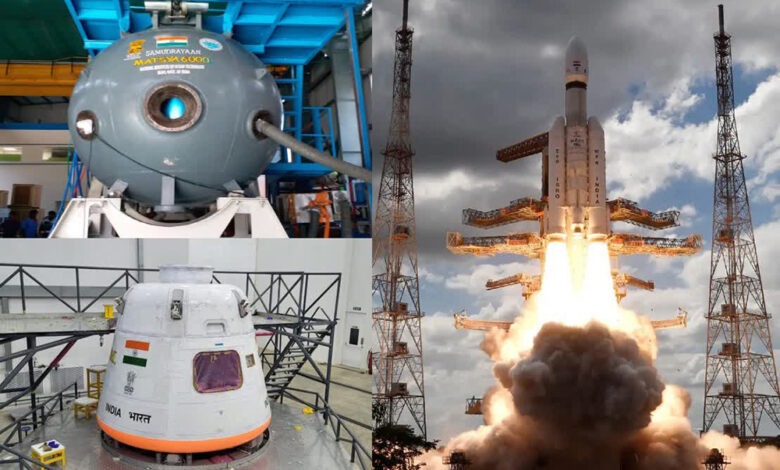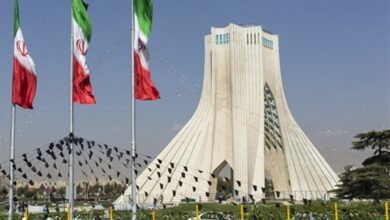India’s space ambitions soar: Historic ISS mission paves way for Gaganyaan 2027
‘ISRO declares 2025 as ‘Gaganyaan Year’ amid breakthroughs in human spaceflight, private sector growth, and global partnerships’

India marked a major milestone with Group Captain Shubhanshu Shukla’s 18-day mission aboard the International Space Station (ISS), as part of the Axiom-4 commercial flight with SpaceX. The mission signalled Indian Space Research Organization’s (ISRO) leap toward indigenous human space missions and a global space leadership role.
Shukla became the first Indian to stay aboard the ISS, returning safely on 15 July after conducting several microgravity experiments. His experience is considered an invaluable precursor to ISRO’s Gaganyaan mission—India’s ambitious program to demonstrate its human spaceflight capability by sending a crew of three astronauts into a 400 km orbit for a three-day mission, and then safely returning them to Earth—targeted for 2027.
From orbital docking milestones to international collaboration, India is also setting the stage for an ambitious roadmap toward a 20-tonne space station by the 2030s.
Shukla’s mission cost ISRO approximately ₹550 crore and served dual purposes — advancing scientific research and preparing for India’s first indigenous human spaceflight. It underscored the strategic value of international collaboration and private-sector participation in astronaut training.
ISRO Chairman V. Narayanan officially declared 2025 as ‘Gaganyaan Year’. The roadmap includes three uncrewed flights — beginning with Vyommitra, the humanoid robot — leading up to the first crewed mission by early 2027. Already, over 7,200 mission tests have been completed.
In December 2024, ISRO’s SpaDeX mission successfully demonstrated autonomous orbital docking, a crucial capability for future human missions and on-orbit assembly. Follow-up missions are planned to validate docking in elliptical orbits.
ISRO’s successful launch in January this year of the NVS‑02, India’s second navigation satellite, celebrated the Indian space agency’sI 100th mission liftoff. This strengthens India’s regional navigation system and advances national positioning capabilities.
In May, ISRO launched the EOS‑09 (RISAT‑1B) radar satellite via the PSLV‑C61 rocket, but the mission experienced a third-stage failure. This was followed in late July with the successful launch—in collaboration with the US National Aeronautics and Space Agency (NASA)—of the NISAR dual-frequency radar satellite, aboard India’s GSLV‑F16 rocket.
At a recent symposium in Bengaluru, leading Indian and international researchers laid plans for India’s first dedicated space-life sciences program focused on astrobiology, biosignatures, and extremophiles. ISRO’s progressive emphasis supports long-term human spaceflight and foundational biotech research.
India’s space economy is increasingly fueled by the private sector under new liberal policies and IN‑SPACe regulations. HAL secured a commercial contract worth ₹511 crore to produce small satellite launchers (SSLVs), and nearly 20 companies have shown interest, highlighting India’s growth to 2 percent share of the global space market.
At the recently concluded India Space Congress 2025, held in New Delhi in late June, global investors and representatives from 40 nations convened to explore partnership in India’s burgeoning USD 44 billion space economy. Discussions emphasized Earth observation, defense applications, and building a global footprint through the India-Middle East-Europe Economic Corridor (IMEC).
ISRO’s roadmap through 2028 includes major projects: Gaganyaan, NISAR, next-generation planetary missions like Shukrayaan and Mangalyaan-2, Chandrayaan-4 and 5, and eventually a 20 tonne space station in low-Earth orbit by the early 2030s.












